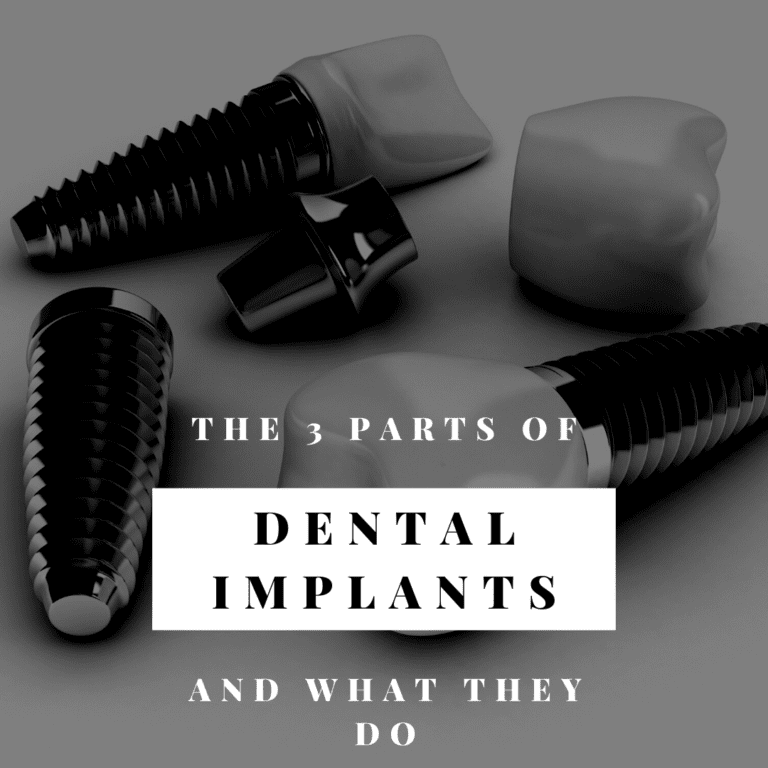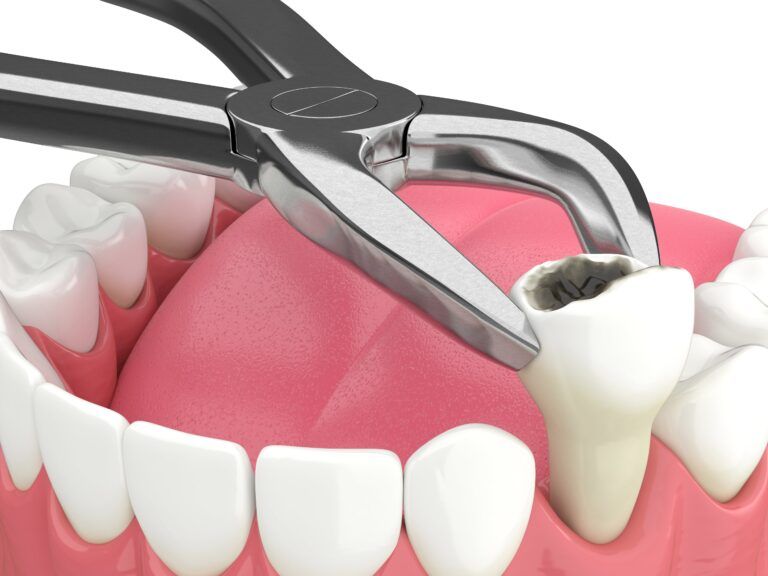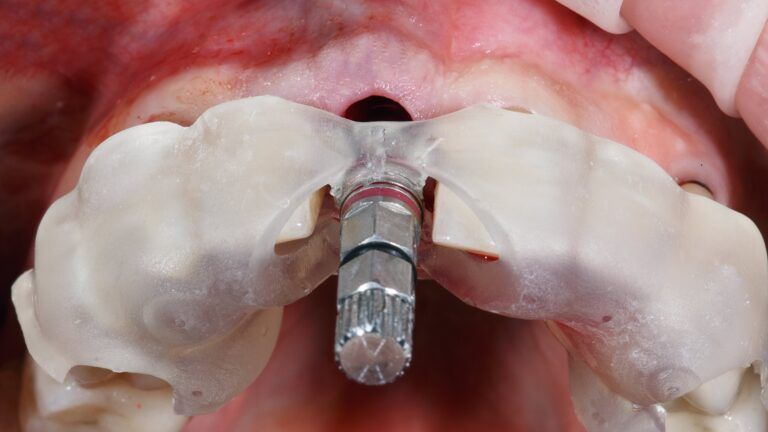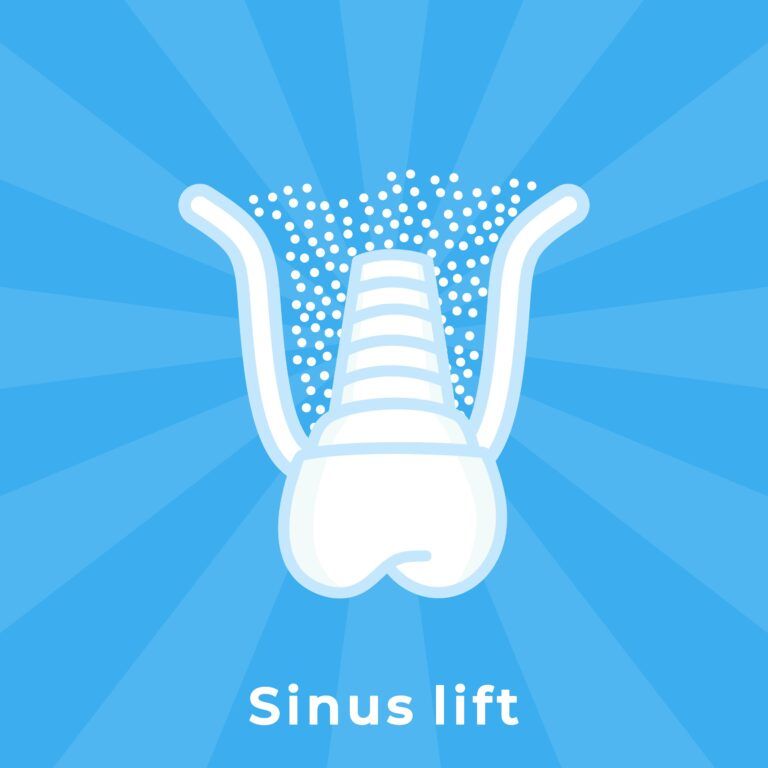At a glance, dental implants offer a variety of benefits for individuals looking to replace one or more missing teeth. However, to truly understand why dental implants are the gold standard of tooth replacement options, we need to take a closer look at each part of a dental implant. Taking an in-depth look at each component and understanding how it functions to support the overall restoration will help you appreciate dental implants even more.
In the simplest sense, dental implants are composed of three main parts: the fixture, the abutment, and the dental prosthetic. Now, let’s take a deeper look at each component to learn more about how these components work together.
Fixture
The fixture, also sometimes called an implant post, is a small, cylindrical screw that is implanted into the jawbone to act as an artificial tooth root. Since the fixture is designed to mimic the function of natural tooth roots, it is designed to taper at the base like a natural tooth root. Implant posts are also made out of titanium due to its biocompatibility. In some cases, they are also coated with hydroxyapatite, which helps the implant post fuse with the surrounding bone.
Dental implant fixtures are also available in different sizes, depending on the tooth or teeth being replaced. For example, an incisor may use a narrow or mini dental implant post, while a molar will generally require an implant post with a larger diameter. In some cases, your implant dentist may also recommend using zygomatic implant fixtures. These are specialized implant fixtures that are longer than traditional implant fixtures and are implanted into the jawbone and zygomatic bones. They are often used when there is a lack of adequate bone mass in the jawbone alone.
Out of all the options for replacing missing teeth, dental implants are the only restoration with a component that functions like natural tooth roots. After the implant post is placed into the jawbone, it will fuse with the surrounding bone in a process called osseointegration. Once the implant post has fused, it will function almost exactly as a natural tooth root would, allowing for natural chewing function, as well as a natural appearance.
Abutment

The abutment is a small connector piece that sits between the implant post and the prosthetic. One side is designed to screw into the inside of the implant post, while the other side is used to adhere a dental prosthetic. There are different types of abutments that may be used depending on the type of prosthetic that needs to be supported. For example, a dental crown may simply look like a stumpy screw, while an abutment used for an implant-supported denture may have special attachments that can clip onto the denture. Some abutments can also be placed at different angles to ensure a natural appearance once the prosthetic is attached. Depending on the technique used by your implant dentist, the abutment may be placed at the same time as the implant post or it may be screwed into the post after osseointegration has occurred.
Dental Prosthetic
The dental prosthetic is the visible portion of the dental implant that can either be a dental crown, bridge, or denture. Dental crowns are generally used to replace a single tooth or multiple missing teeth that are not adjacent to one another, while dental bridges are generally used to replace two or more missing teeth that are adjacent to each other. Finally, dentures are used to replace an entire arch of missing teeth, as well as an entire mouthful of missing teeth. If a crown or bridge is being placed, then your dentist will likely cement the restoration to the abutment. However, if a denture is being placed it will likely be snapped onto the abutments.
The prosthetic you plan on using will also affect the number of implant posts that need to be placed. For example, dental crowns require one implant post, dental bridges may require two or more implant posts, and dentures generally require 4-6 implant posts. Ultimately, your implant dentist will advise you on how many implant posts should be placed in order to safely support your chosen prosthetic.

Irfan Atcha, DDS, DICOI, DADIA at New Teeth Chicago Dental in Chicago, Illinois is a board-certified general dentist and a nationally recognized expert in dental implants, cosmetic dentistry, and sedation dentistry.





